Mullite refractory bricks are a type of high-temperature resistant material that finds extensive applications in various industries. These bricks are composed primarily of mullite, a mineral compound known for its excellent thermal stability and resistance to chemical corrosion. In this article, we will explore the diverse applications of mullite refractory bricks in different industrial sectors, highlighting their importance and benefits.

Steel Industry
The steel industry is one of the primary sectors where mullite refractory bricks are widely used. These bricks are employed in various areas of steel production, including:
Blast Furnaces
Mullite refractory bricks can withstand the extremely high temperatures and harsh conditions inside blast furnaces. They are used to line the walls, bottoms, and roofs of blast furnaces, providing excellent resistance to thermal shock and chemical erosion caused by the molten iron and slag.
Steel Ladles
Mullite bricks are also utilized as linings for steel ladles, where they provide thermal insulation and resistance to molten steel and slag. These bricks maintain their integrity under high temperatures, ensuring the longevity and reliability of steel ladles.
Reheating Furnaces
In reheating furnaces, mullite refractory bricks are employed to line the walls and roofs. They can withstand the cyclic heating and cooling processes involved in reheating steel, maintaining the structural integrity of the furnace and ensuring efficient heat transfer.

Glass Industry
The glass industry extensively employs mullite refractory bricks due to their excellent thermal shock resistance and low thermal conductivity. Some common applications in the glass industry include:
Glass Furnaces
Mullite bricks are used to line the walls, crowns, and working tanks of glass furnaces. These bricks can withstand the extreme temperatures required for glass melting, ensuring the longevity and performance of the furnaces. Their thermal shock resistance prevents cracking and spalling, reducing downtime for repairs.
Glass Kilns
Mullite refractory bricks are also utilized in glass kilns, which are used for annealing and tempering glass. These bricks provide insulation, stability, and resistance to chemical erosion, allowing for precise temperature control and uniform heating of the glass.
Ceramic Industry
The ceramic industry relies on mullite refractory bricks for various applications due to their excellent thermal stability and resistance to chemical attack. Some key uses include:
Kilns and Furnaces
Mullite bricks are extensively used to line kilns and furnaces in the ceramic industry. They offer exceptional resistance to high temperatures, ensuring uniform heat distribution and minimal heat loss. The bricks’ chemical inertness prevents contamination of the ceramic products during firing.
Crucibles and Melting Pots
Mullite refractory bricks are employed in the manufacturing of crucibles and melting pots used for melting and casting ceramic materials. These bricks withstand the extreme temperatures required for melting, preventing the crucibles from cracking or deforming.
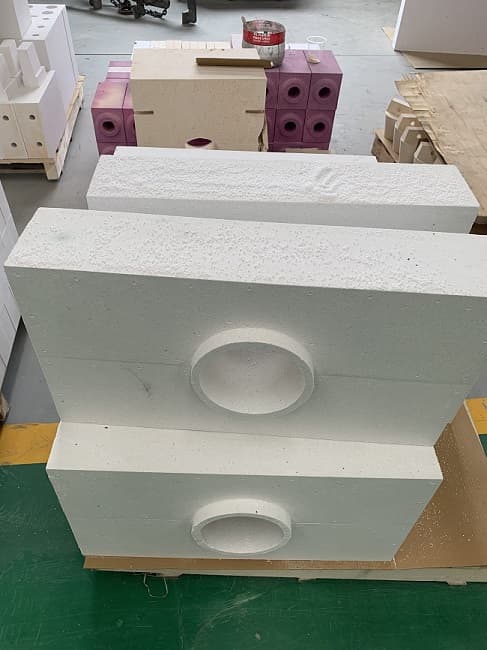
Other Industries
Apart from the steel, glass, and ceramic industries, mullite refractory bricks find applications in several other sectors, including:
Petrochemical Industry
Mullite bricks are used in the construction of ethylene cracking furnaces, where they provide excellent thermal insulation and resistance to corrosive gases.
Non-Ferrous Metal Industry
In non-ferrous metal industries such as aluminum, copper, and zinc, mullite refractory bricks are used in furnaces, ladles, and crucibles due to their high-temperature stability and resistance to chemical attack.
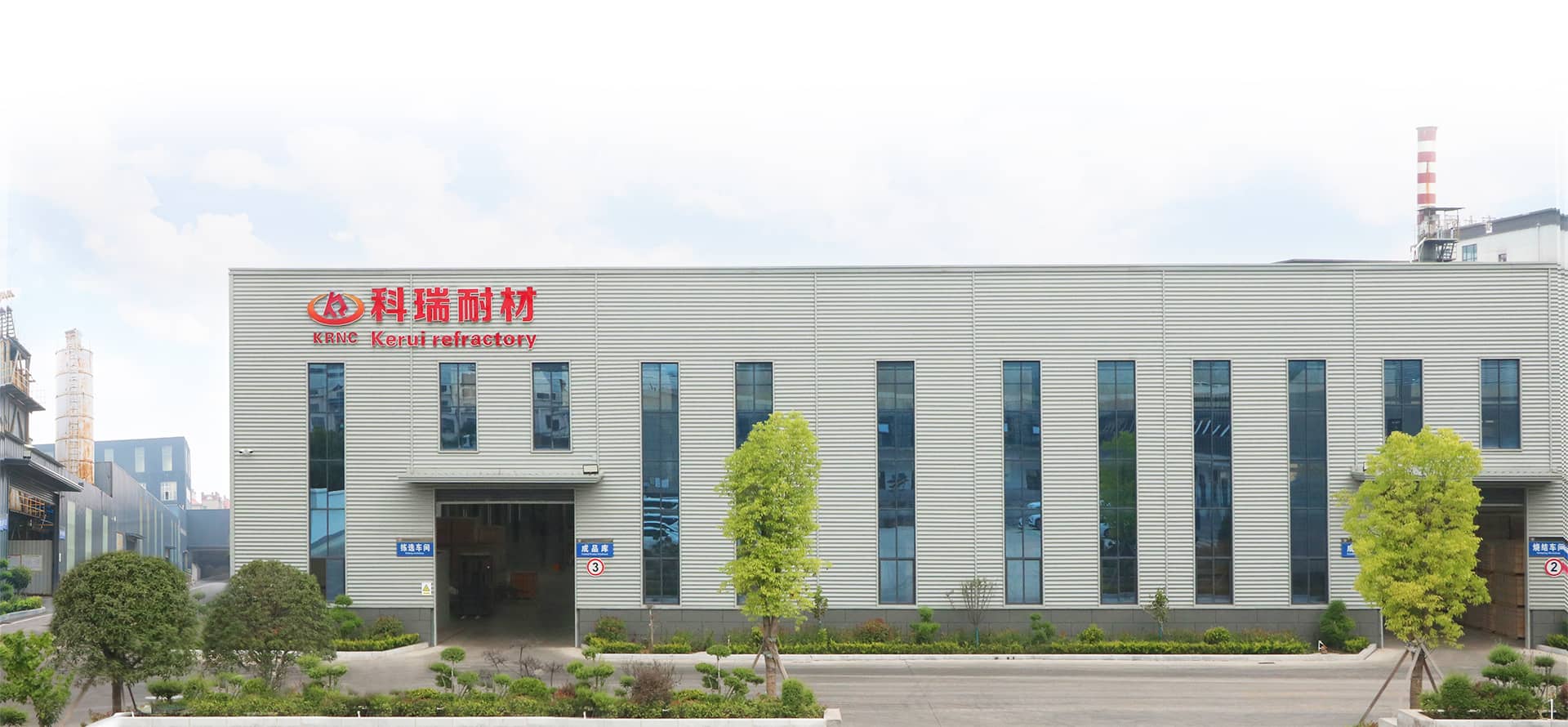
Conclusion
Mullite refractory bricks are versatile materials that find wide-ranging applications in various industries. Their exceptional thermal stability, resistance to chemical corrosion, and thermal shock resistance make them indispensable in high-temperature environments. From the steel and glass industries to ceramics, petrochemicals, and non-ferrous metals, mullite refractory bricks play a vital role in ensuring the efficiency, durability, and safety of industrial processes.



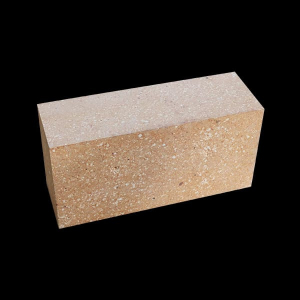
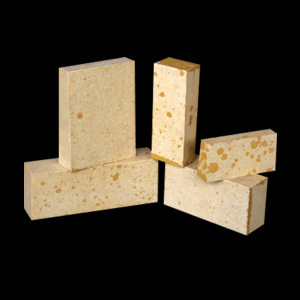

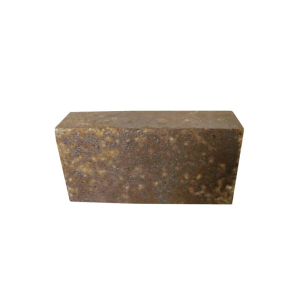
 Wechat Us
Wechat Us